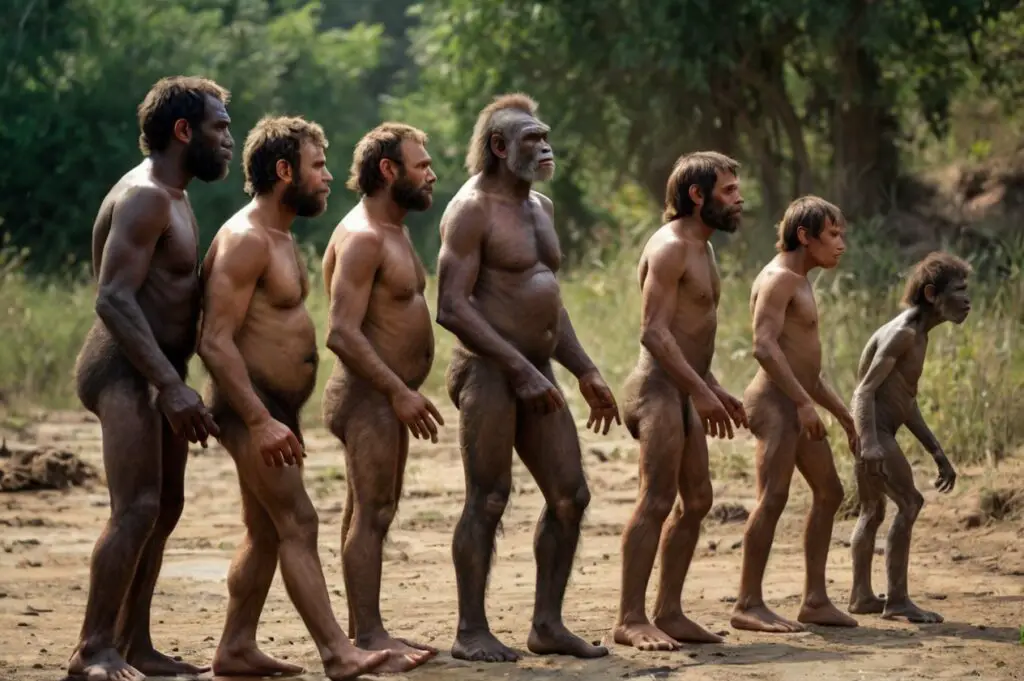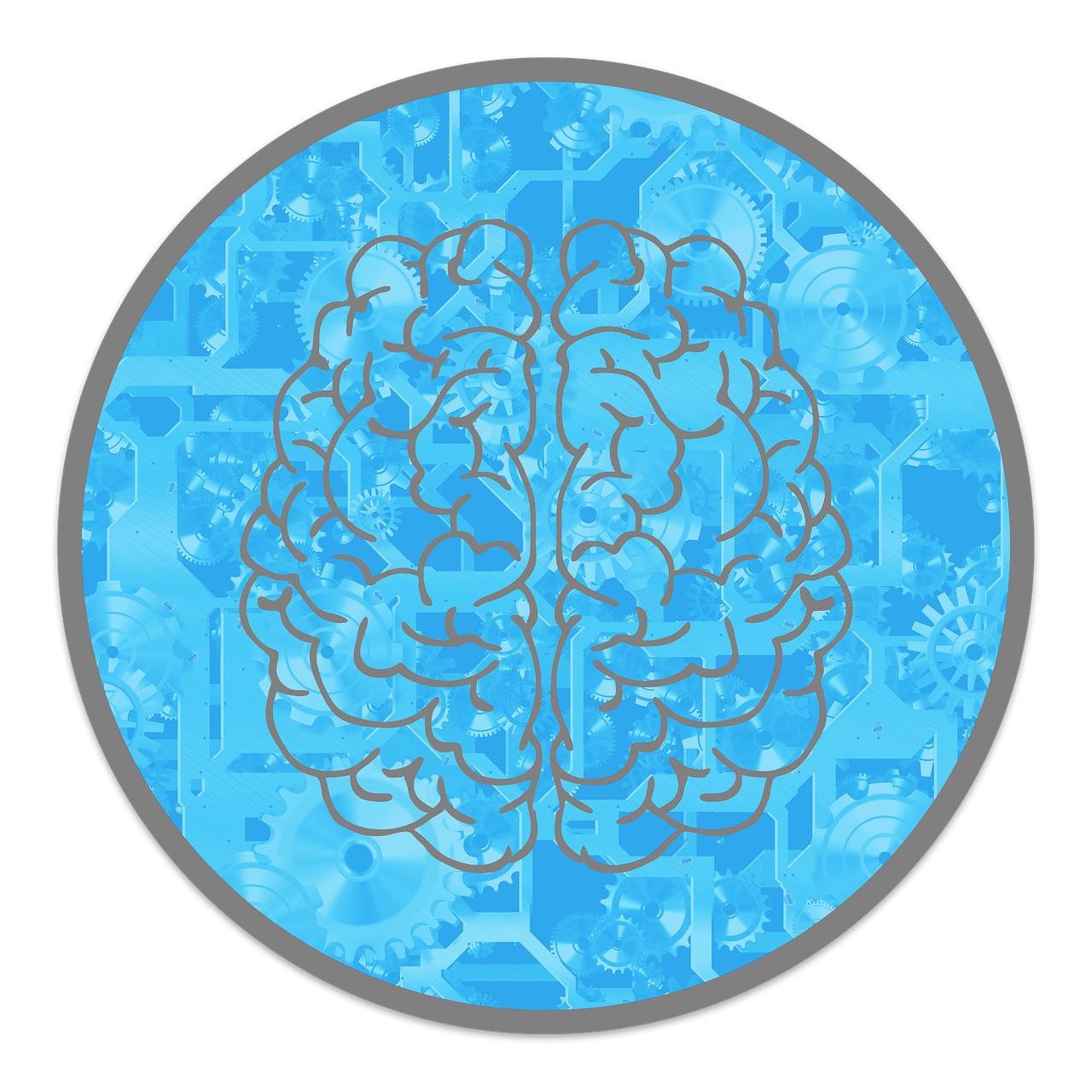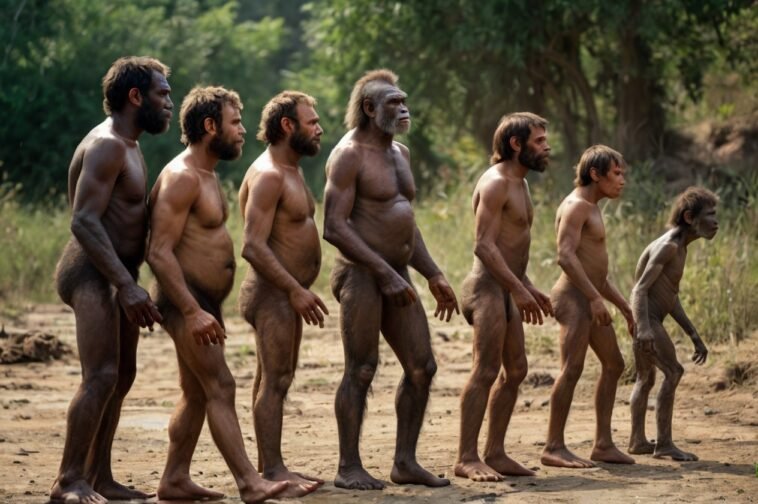
The story of human evolution has long fascinated scientists and the public alike.
From depictions of early hominins in museums to discussions about our ancient ancestors, the narrative seems well-established.
However, as research advances, it’s becoming clear that the way we map prehistoric human evolution might not be entirely accurate.
Let’s explore the complexities, misconceptions, and future directions of understanding how humans came to be.
The Complexity of Human Ancestry
Human evolution is far from a straightforward journey.
The idea of a simple linear progression from ape-like ancestors to modern humans doesn’t hold up under scientific scrutiny.
Instead, evolution is more like a complex web, with numerous hominin species coexisting, interacting, and influencing each other.
Diverse hominin species
Over 20 species of hominins have been identified, including Homo habilis, Homo erectus, and Homo neanderthalensis.
These species didn’t exist in isolation; many lived at the same time, overlapping geographically and temporally.
For example, recent studies suggest that Neanderthals and early modern humans (Homo sapiens) interbred, contributing up to 2% of the genome in modern non-African populations.
Genetic interactions
Advancements in genetic analysis reveal how interbreeding between species shaped human evolution.
For instance, Denisovans, a mysterious hominin group, left genetic markers in populations across Asia and Oceania.
These interactions challenge the notion of a single, dominant lineage leading to modern humans.

Misinterpretations in Mapping Evolution
While science has made incredible progress in understanding evolution, there are still gaps and misunderstandings in the way we map the history of life.
The limits of current models
Many of our evolutionary models rely on incomplete fossil records.
This is especially true for regions like tropical areas, where the conditions for fossil preservation aren’t ideal.
As a result, some critical pieces of the puzzle are missing, and our evolutionary tree may not show the full picture of life’s diversity over time.
The misconception of progress
One of the biggest misunderstandings about evolution is the idea that it’s a straight path toward becoming more “advanced” or “complex.”
Evolution isn’t about improvement—it’s about adaptation.
Traits that help a species survive in one environment might not be helpful—or even possible—in another.
Evolution is all about what works best for a specific situation, not about reaching some ultimate goal.
The Role of Archaeological Evidence
Archaeology adds context to fossils, but interpretations can be subjective.
For example, stone tools were once exclusively attributed to Homo habilis, but evidence now shows that multiple hominin species used tools.
This reshapes our understanding of cognitive development across species.
Integration with genetic data
The integration of genetic data with fossil evidence has revolutionized our understanding of evolution. For example:
- The discovery of ancient DNA in fossils has confirmed interbreeding between Homo sapiens and Neanderthals.
- Genetic markers reveal adaptations, such as the Denisovan contribution to the ability of some Tibetan populations to thrive at high altitudes (Huerta-Sánchez et al., 2014).
By combining these datasets, researchers can paint a more accurate picture of human evolution.
Recent discoveries
New findings continue to challenge long-held assumptions:
- In 2017, fossils of Homo naledi were discovered in South Africa, dating back to just 335,000 years ago. This overlaps with the era of early modern humans, suggesting unexpected diversity.
- In 2019, researchers identified a previously unknown human population in the Philippines, Homo luzonensis.
These discoveries underscore the need to revisit and revise evolutionary maps frequently.

Common Myths in Human Evolution
There are many myths and misconceptions about human evolution that can lead to misunderstandings about our past.
Let’s take a look at some of the most common ones and set the record straight.
Myth #1: Humans evolved in a straight line
Reality: Human evolution is not a simple, straight line. It’s more like a branching tree with many different species that evolved and then disappeared.
Some species, like Homo habilis, didn’t leave any descendants, while others, like Homo sapiens, eventually contributed to the modern population.
This shows that evolution is complex, with different species coexisting and sometimes interacting over long periods of time.
Myth #2: Modern humans are superior
Reality: Modern humans are not “superior” to other hominin species—they’re simply different.
Each species was uniquely adapted to its environment.
For example, Neanderthals had larger brains than modern humans and were skilled hunters who made advanced tools and even created symbolic art.
While Homo sapiens are the only surviving species, that doesn’t mean other species were inferior—they just faced different challenges and adapted in their own way.
Myth #3: Behavior emerged only with modern humans
Reality: It’s a common belief that complex behaviors, like making art or burying the dead, only emerged with modern humans.
However, evidence shows that other hominin species, like Neanderthals, also engaged in symbolic behaviors.
For instance, Neanderthals created cave art and practiced burial rituals, suggesting they had similar cognitive abilities to modern humans.
This challenges the idea that sophisticated behavior is exclusive to our species.

Future Directions in Research
Advancements in technology
Recent technological innovations are transforming our understanding of human evolution, offering insights that were once unimaginable.
For example:
Ancient DNA analysis
The ability to extract and analyze DNA from ancient remains is giving scientists a clearer picture of how early humans and other species interacted, evolved, and even interbred.
3D fossil reconstruction
New technologies allow researchers to create detailed 3D models of fossils, revealing subtle features and differences that help us understand how early humans lived and adapted over time.
Machine learning
With the help of machine learning, scientists can now detect small, previously overlooked differences in fossils, helping to piece together more accurate evolutionary timelines.
Isotopic analysis
By analyzing isotopes in ancient bones and teeth, researchers can uncover information about ancient diets, migration patterns, and the environments in which early humans lived.
Need for interdisciplinary approaches
To fully understand the complexities of evolution, it’s crucial to take an interdisciplinary approach.
This means combining fields like anthropology, genetics, archaeology, and even climatology.
For example, the environment played a major role in shaping how early humans evolved.
Factors like climate change, food availability, and natural landscapes influenced migrations and the development of certain traits.
By integrating knowledge from these various disciplines, researchers can paint a fuller, more accurate picture of human history.

Final Thoughts
Human evolution is a fascinating yet intricate story.
While scientists have uncovered remarkable insights, there’s still much to learn.
The traditional narrative of a straight-line progression from primitive ancestors to advanced humans doesn’t hold up to modern scrutiny.
Instead, evolution is a dynamic, branching process, shaped by interaction, adaptation, and environmental factors.
Understanding these complexities not only gives us a clearer picture of our past but also reminds us of the interconnectedness of life.
As research continues, we can expect even more revelations to reshape our understanding of where we come from.



